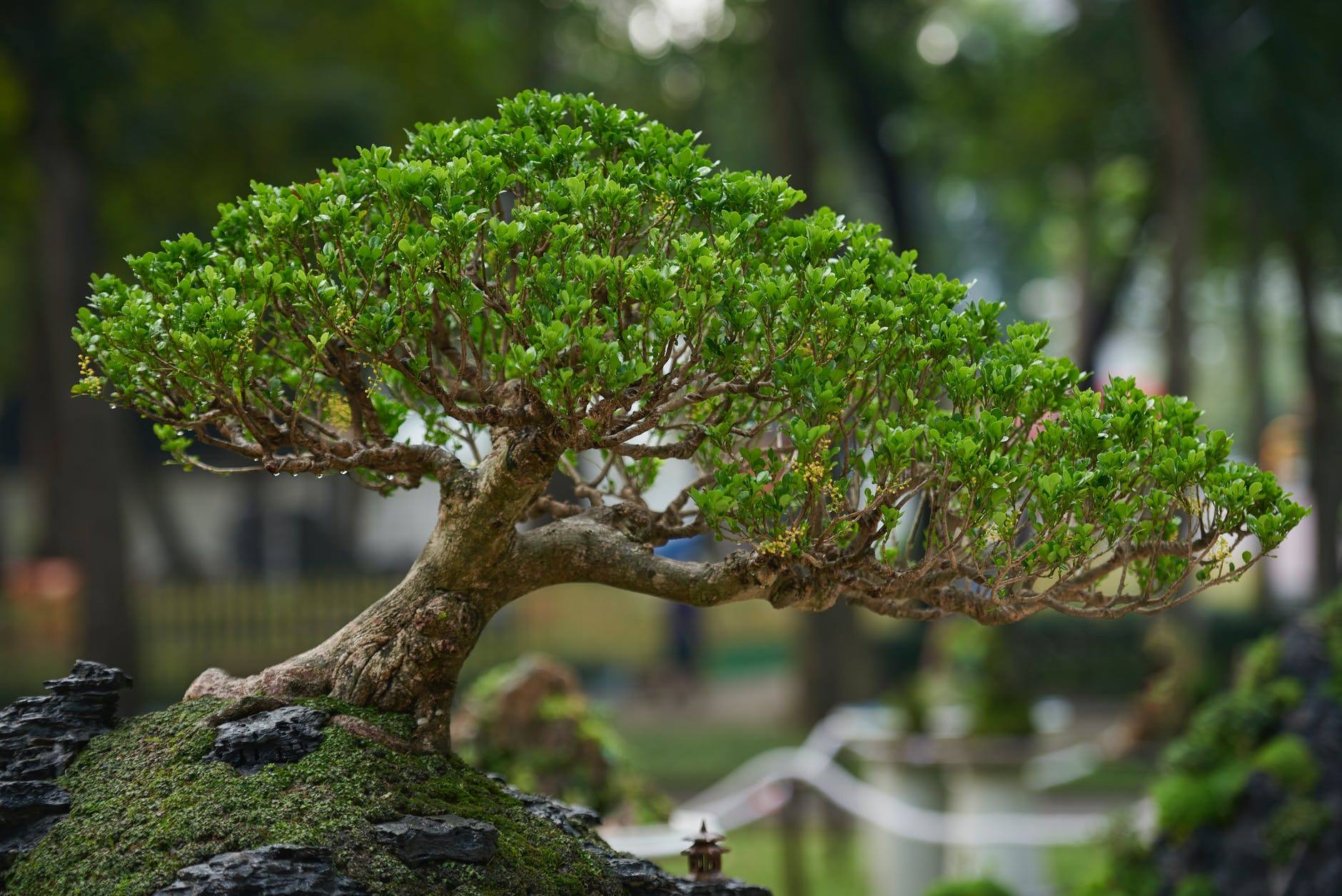
Why grow a Bonsai?
#gardening For Taoist monks, bonsai was a symbol of eternity and meant a bridge between the divine and the human
You will surely already know them and you may even have or have had one at home: bonsai are small trees that, provided they receive the best care, can live for more than 150 years. That is why, often, they are living beings that end up being passed down from generation to generation within the same family.
The culture and knowledge of bonsai is very extensive since, in addition to the large number of varieties of miniature trees that exist, there are also many other variables that influence its care, such as the possible pests that can attack them, the tools needed for their cultivation, when to prune it, what fertilizer use or when is the best time to water it.
And precisely because of all this, its cultivation and care is so rewarding and, for many, it represents a spiritual activity or a method of practicing mindfulness or mindfulness and enjoying all the benefits of these contemplative practices. Seeing how it grows and what its spectacular beauty looks like is a great achievement for your caregiver.
Just as Taoist monks did two millennia ago, growing a bonsai is still a great form of direct connection with nature and can teach us many things, beyond patience. dedication and love for small details.
Although, over time, the ancient symbol of eternity was lost, pruning, watering and cutting the tree regularly causes the mind to relax and transport it to another place, which can help alleviate stress, fatigue, depression or anxiety.
If you think that taking care of a bonsai is mission impossible, don't forget: the only ingredients indispensable to grow a miniature tree are dedication and a great deal of patience. The rest will come alone.
- Comments (0)
- Recommended
- Milestones
Here are your recommended items...
Here are your milestones...








